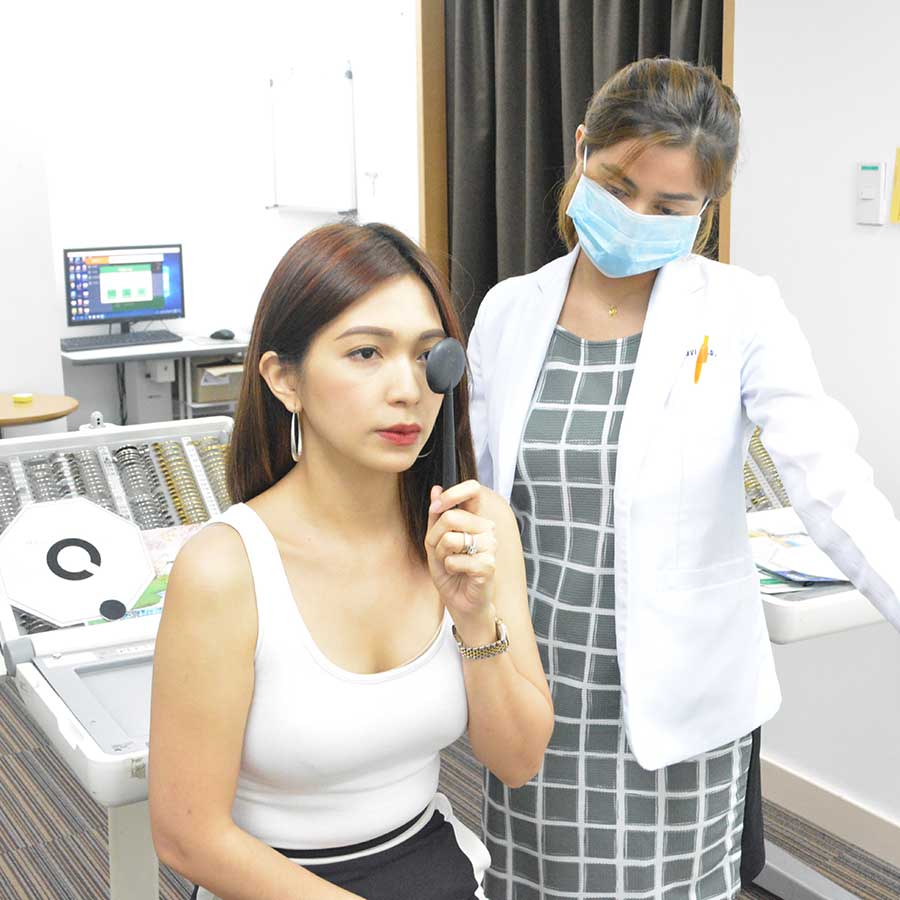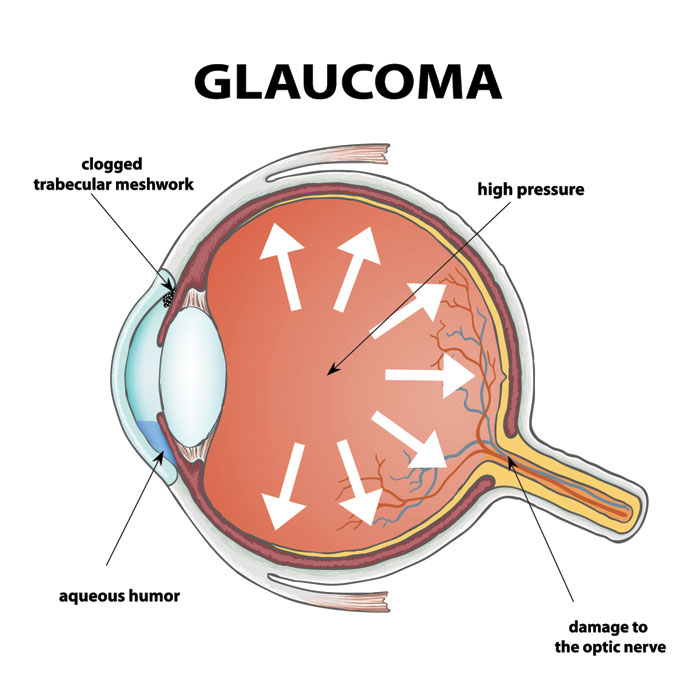How Widespread is Glaucoma in the Philippines?
Glaucoma remains one of the leading causes of irreversible blindness worldwide. In the Philippines, the condition is often detected late, placing many patients at risk of permanent vision loss.
If you or someone you know is concerned about eye health, understanding how common glaucoma is in the country is the first step toward prevention and timely treatment.
How Common is Glaucoma in the Philippines?
-
Over 1 million Filipinos are estimated to have glaucoma.
-
Only about half of these cases are diagnosed.
-
Glaucoma is the third leading cause of blindness in the country.
Studies by the Philippine Glaucoma Society reveal that many patients seek treatment only when the disease is already in advanced stages—when vision damage is often irreversible.
Who is at Risk?
Glaucoma can affect anyone, but some groups face higher risks:
-
Age: People over 40 are more susceptible.
-
Family History: If your parents or siblings have glaucoma, your chances increase.
-
Medical Conditions: Diabetes, hypertension, and severe myopia can raise risk levels.
-
Ethnicity: Asians, including Filipinos, are more prone to certain types of glaucoma.
If you belong to one or more of these groups, early and regular eye check-ups should be a top priority.
Types of Glaucoma in the Philippines
-
Primary Open-Angle Glaucoma
-
Most common type worldwide.
-
Progresses slowly with few warning signs.
-
-
Angle-Closure Glaucoma
-
More common among Asians.
-
Can develop suddenly and cause severe eye pain and vision loss if untreated.
-
-
Secondary Glaucoma
-
Caused by eye injuries, medications, or other eye conditions.
-
-
Congenital Glaucoma
-
Rare, but present at birth and requires early medical intervention.
-
Knowing the type of glaucoma is essential for choosing the right treatment.
Why Many Cases Remain Undetected
-
Limited awareness about glaucoma symptoms.
-
Lack of access to eye care services in rural areas.
-
Cost of diagnostic tests and treatment.
-
Misbelief that vision problems are simply part of aging.
These barriers often lead to late detection, when significant vision loss has already occurred.
Updated glaucoma treatment pricing across clinics available here:
https://glaucoma.ph/glaucoma-treatment-cost-philippines-2025/
Signs You Should Never Ignore
Glaucoma often develops without symptoms, but watch for these warning signs:
-
Gradual loss of side (peripheral) vision.
-
Blurred or hazy vision.
-
Eye pain or pressure.
-
Severe headaches with nausea.
-
Sudden vision loss (medical emergency).
Even if you don’t notice symptoms, routine eye exams remain the best defense.
How is Glaucoma Diagnosed?
Doctors use several tests to confirm glaucoma:
-
Tonometry: Measures eye pressure.
-
Visual Field Test: Checks for blind spots in vision.
-
Optic Nerve Imaging: Scans for nerve damage.
-
Gonioscopy: Examines the eye’s drainage angle.
These tests are widely available in major cities like Manila, Cebu, and Davao.
Treatment Options in the Philippines
While glaucoma cannot be cured, it can be managed effectively:
-
Eye Drops: First-line treatment to lower eye pressure.
-
Oral Medication: Prescribed if eye drops are not enough.
-
Laser Therapy: Improves fluid drainage from the eye.
-
Surgery: Recommended for advanced or severe cases.
Your eye doctor will recommend the right treatment based on your specific condition.
How You Can Protect Your Eyes
-
Schedule regular eye exams starting at age 40 (earlier if at risk).
-
Manage health conditions like diabetes and hypertension.
-
Wear protective eyewear during risky activities.
-
Avoid self-medicating with over-the-counter eye drops.
Simple lifestyle changes combined with timely medical care can help save your vision.
Final Thoughts
Glaucoma affects millions worldwide, and Filipinos are not spared. Many cases remain hidden until significant vision loss occurs.
The best defense is awareness and action. Ask yourself:
-
When was your last eye check-up?
-
Does glaucoma run in your family?
Taking steps today can protect your vision for the future.




